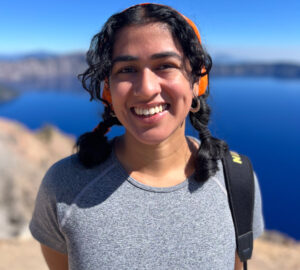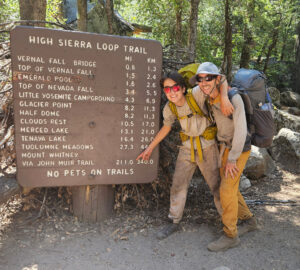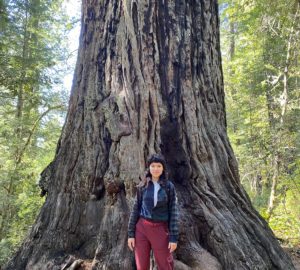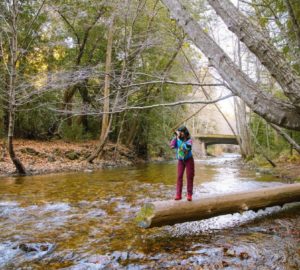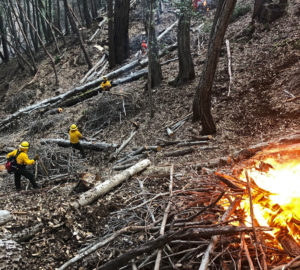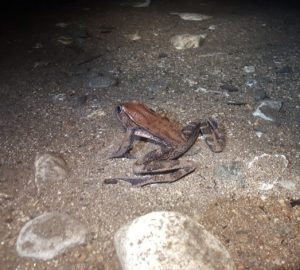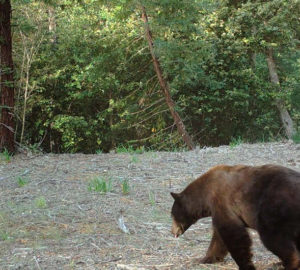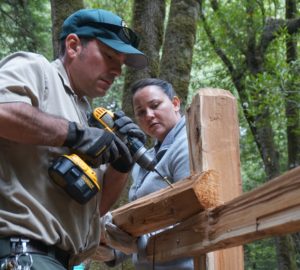Meet the League’s mapmaker
onVrinda Suresh is the geographic information systems (GIS) program manager at Save the Redwoods League, where she transforms spatial data into compelling visual stories and conservation planning tools. Vrinda spoke with us about the science and art of modern mapmaking and how maps guide important conservation decisions at the League. Here’s how she brings meaning to maps.
